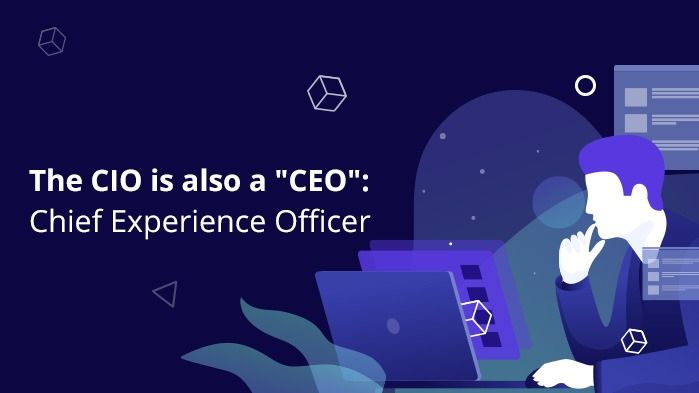The CIO’s Role in Regaining Customer Trust
Are you prioritizing operational efficiency at the expense of your customer experience?

The role of the CIO has been evolving to adapt to a fluid technological landscape, one where the customer or user experience and satisfaction are at the core of any sustainable business venture.
CIOs now face the daunting task of trying to integrate cutting edge technologies (like AI, RPA or automation) into workflows while ideally strengthening the trust bond between the company and its stakeholders.
Like a chef, they must strike the perfect equilibrium between optimal efficiency internally and ensuring that the needs of the customer are met.
Get it wrong and the customer experience will suffer, which in turn will have a measurable impact on a number of critical business KPIs, snowballing all the way down to the organisation’s bottom line.
“In the digital era, customer trust does not come from having the shiniest new technology. It comes from using that tech to provide the most efficient, satisfactory experience possible. Every time.”
It is ultimately a real human being which will be at the receiving end of any digital transformation, as a customer and a user; we have basic requirements that have to be serviced in order to gain trust: personalization, efficiency, expediency and access to information.
So while new technologies help to meet these requirements, it is important not to lose sight of the fact that someone actually has to start from scratch and adapt to the quirks and peculiarities of any new services.
Now, wouldn’t it be great if you could get a solution that gets those just-rolled-out SaaS systems to adapt to users, rather than the other way round?
The changing role of the CIO
Digital transformation has caused the role of the CIO to change into that of a CEO; not not your traditional CEO but a Chief Experience Officer.
This job transformation has far reaching consequences as it puts both internal and external customers on equal footing, a novel approach that is spreading like wildfire among innovative organisations.
As such, this new breed of CIO is called upon to put the pedal to the metal and really push forward with an agenda to foster the right environment that will allow new processes and technologies to be adopted by stakeholders interacting with an organisation, regardless of where they are inside or outside that organisation.
That needs the right amount of support, knowledge and skills - as well as the right tools - to help them make the most of new and existing digital services to their fullest extent.
Meet a new generation of digital assistants
Say hello to Walkme, the world first Digital Adoption Platform (DAP) - a tool powered by artificial intelligence and machine learning that helps organisations get the most out of their digital assets, having a tangible impact on productivity and efficiency at every level of the business.
Coined by one tech journalist as the most obvious tool in the world, it simplifies user experience and driving desirable actions. Walkme flattens the learning curve associated with any new technology platforms, essentially converting a dreaded process into, well, a stroll in the park.
Want to learn more about Digital Adoption (and digital innovation), then check out our guide here.

Are you a pro? Subscribe to our newsletter
Sign up to the TechRadar Pro newsletter to get all the top news, opinion, features and guidance your business needs to succeed!
